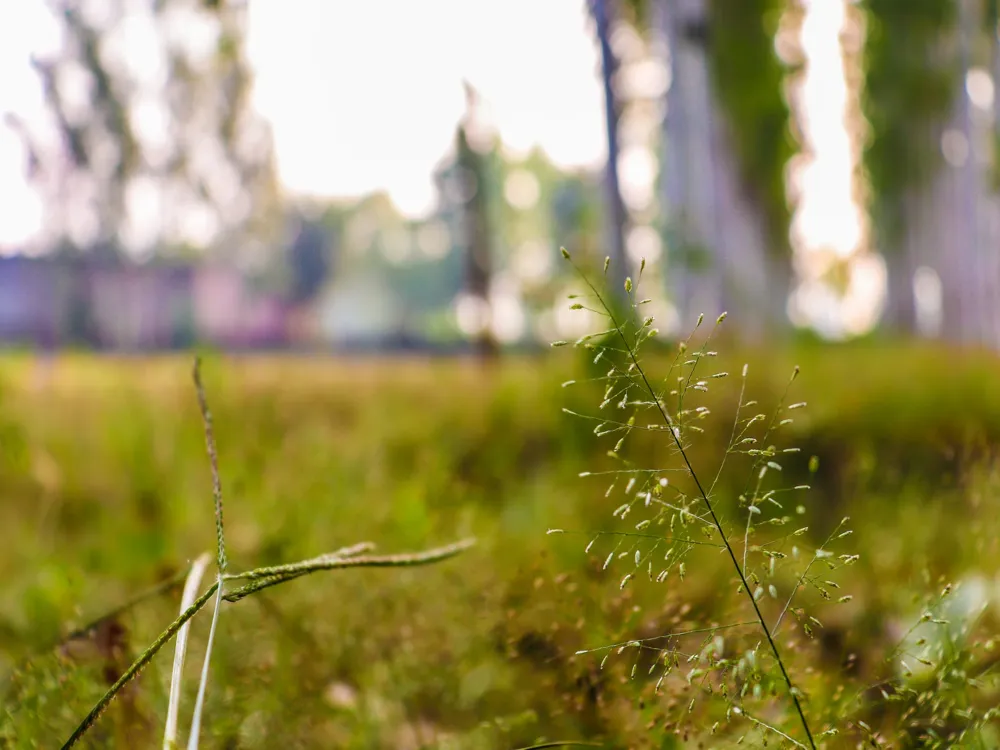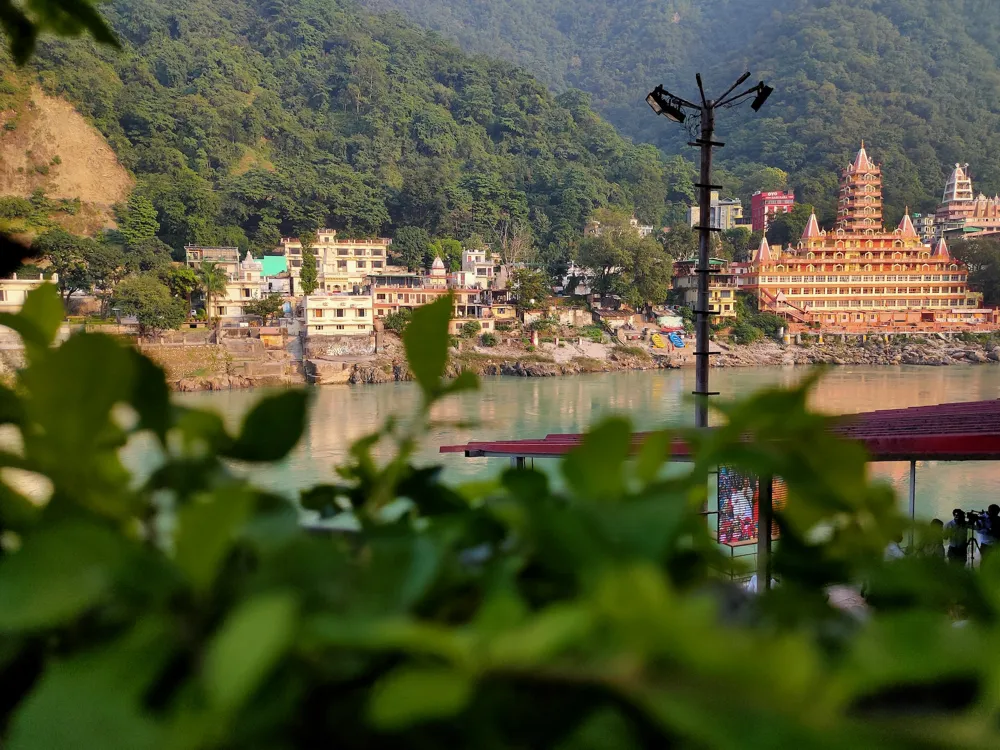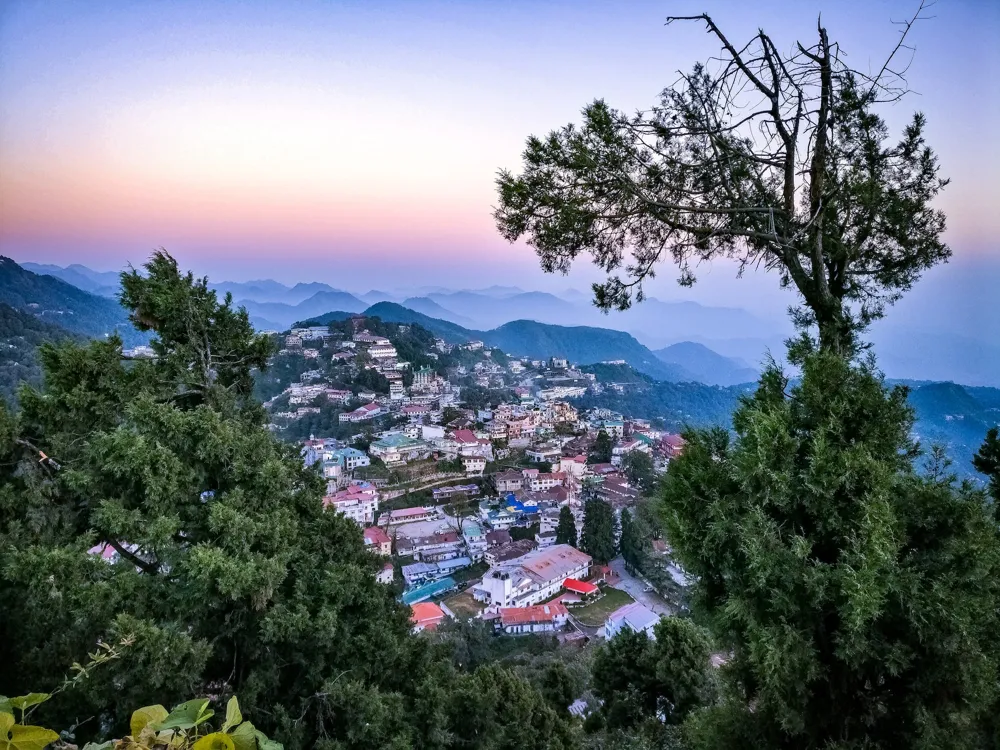Located in the heart of Uttar Pradesh, the Hastinapur Wildlife Sanctuary stands as a beacon of biodiversity and natural beauty. This sanctuary, sprawling across the lush landscapes of the Ganges River plains, is not just a haven for wildlife enthusiasts but also a testament to India's commitment to conserving its rich flora and fauna. Established in 1986, the sanctuary covers an impressive area of approximately 2,073 square kilometers, making it one of the largest wildlife reserves in northern India. The sanctuary's diverse ecosystems range from dense forests to wetlands, each offering a unique habitat for various species. Home to a myriad of wildlife, Hastinapur Sanctuary is renowned for its population of vibrant bird species, including the Indian Skimmer, White-backed Vulture, and Red-crowned Crane. It's not just birds that captivate visitors; the sanctuary also shelters numerous mammals like the Leopard, Hyena, and wild boar, along with an array of reptiles and amphibians. What sets Hastinapur apart is its strategic location along the migratory routes of several bird species. This makes it an important ecological corridor, facilitating the movement of avian populations across the Indian subcontinent and beyond. The sanctuary's significance extends beyond its borders, contributing to global biodiversity conservation efforts. The flora of Hastinapur Wildlife Sanctuary is equally impressive, with a vast expanse of Sal forests, mixed deciduous forests, and riverine vegetation. This green cover not only provides crucial habitat for wildlife but also plays a vital role in maintaining the ecological balance and supporting the local climate. Hastinapur's history intertwines with the epic narratives of India, being closely associated with the Mahabharata, one of the major Sanskrit epics of ancient India. This historical and cultural significance adds an extra layer of allure to the sanctuary, making it a place where nature and mythology coexist harmoniously. The architectural design of Hastinapur Wildlife Sanctuary is a harmonious blend of natural landscapes and human-made structures. The primary focus of the sanctuary's architecture is to facilitate wildlife conservation while allowing visitors to immerse themselves in nature without causing disturbance to the habitat. Observation towers strategically placed throughout the sanctuary offer panoramic views of the sprawling wilderness. These towers are designed to blend with the natural surroundings, often utilizing local materials and traditional architectural styles. They provide safe and unobtrusive vantage points for wildlife observation and photography. Walking trails and jeep tracks meander through the sanctuary, thoughtfully laid out to minimize impact on the environment. These pathways are designed to offer visitors an intimate experience of the forest while ensuring the safety of both wildlife and humans. The interpretation center at the sanctuary is an architectural marvel in itself, designed to educate visitors about the biodiversity of Hastinapur. The center uses interactive exhibits, audio-visual displays, and informative panels to create an engaging learning experience. Its architecture, often incorporating elements of local art and culture, serves as a gateway for understanding the natural and cultural heritage of the region. Eco-lodges and rest houses within the sanctuary offer comfortable accommodations, blending modern amenities with eco-friendly design. These facilities are constructed with sustainable practices in mind, utilizing renewable energy sources and minimizing waste. Before heading to Hastinapur Wildlife Sanctuary, research the best times to visit, keeping in mind the climate and wildlife activity. It's advisable to check the sanctuary's official website or contact local authorities for the latest information on opening hours and any potential restrictions. Always maintain a safe and respectful distance from animals. Avoid loud noises or sudden movements that could disturb them. Remember, you are in their home. Adhere to the sanctuary's rules and guidelines. Stick to designated paths and areas, and follow the instructions of guides or staff. This ensures your safety and the well-being of the wildlife. Be mindful of your environmental impact. Avoid littering, use eco-friendly products, and minimize your carbon footprint. Every small step contributes to the conservation of the sanctuary. While photography is a great way to capture memories, ensure that it doesn't disturb the animals. Use appropriate lenses for distance shots and avoid flash photography. Hastinapur Wildlife Sanctuary is well-connected and accessible from major cities in Uttar Pradesh. The nearest airport is in Delhi, approximately 110 kilometers away. From there, visitors can hire taxis or take buses to reach the sanctuary. The closest railway stations are located in Meerut and Muzaffarnagar, both of which are well connected to major Indian cities. Regular bus services and private taxis are available from these stations to the sanctuary. For those driving, the sanctuary is connected via well-maintained roads, making it a scenic and convenient drive. Read moreOverview of Hastinapur Wildlife Sanctuary, Uttar Pradesh
Architecture of Wildlife Sanctuary
Tips When Visiting Wildlife Sanctuary
Plan Your Visit
Respect Wildlife
Follow Guidelines
Eco-friendly Practices
Photography Etiquette
How To Reach Wildlife Sanctuary
Wildlife Sanctuary
Hastinapur
Uttar Pradesh
NaN onwards
View hastinapur Packages
Hastinapur Travel Packages
View All Packages For Hastinapur
Top Hotel Collections for Hastinapur

Private Pool

Luxury Hotels

5-Star Hotels

Pet Friendly
Top Hotels Near Hastinapur
Other Top Ranking Places In Hastinapur
View All Places To Visit In hastinapur
View hastinapur Packages
Hastinapur Travel Packages
View All Packages For Hastinapur
Top Hotel Collections for Hastinapur

Private Pool

Luxury Hotels

5-Star Hotels

Pet Friendly





















